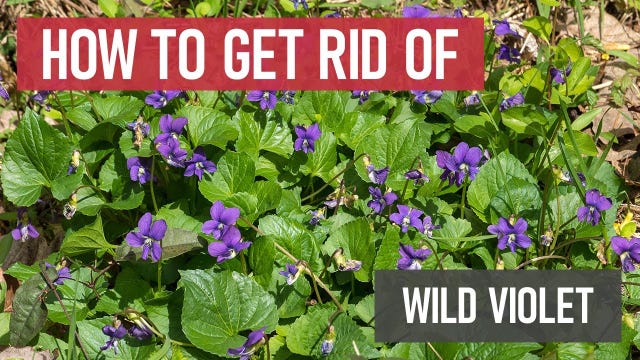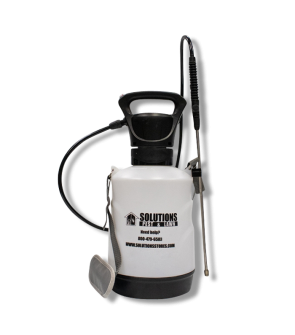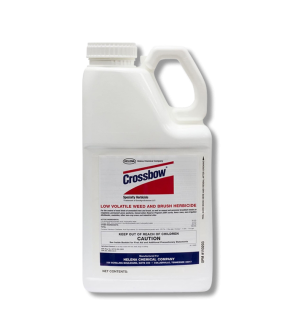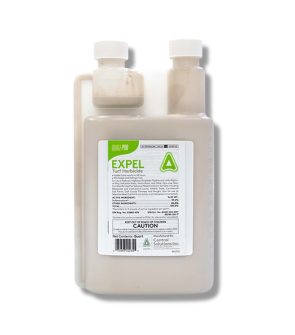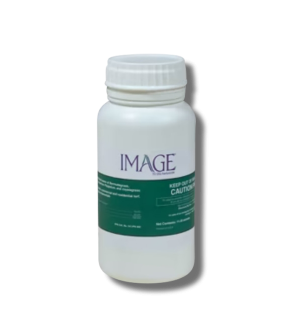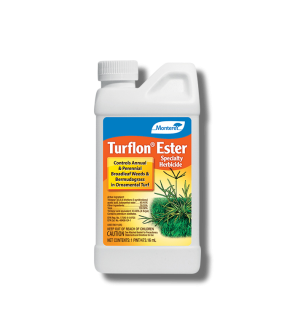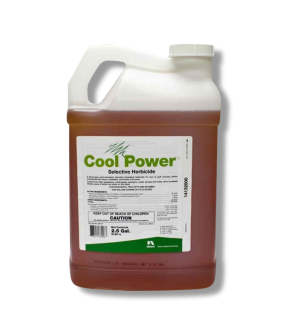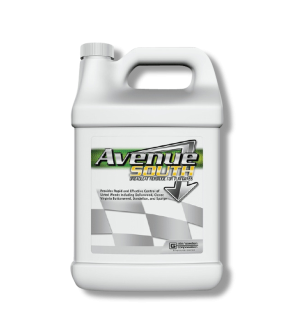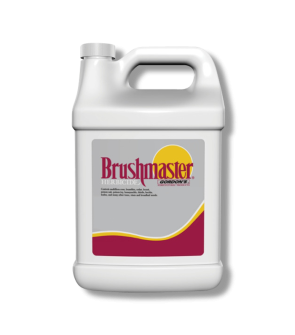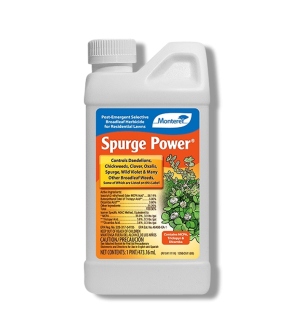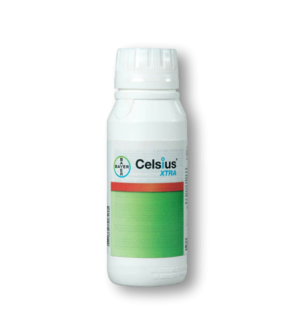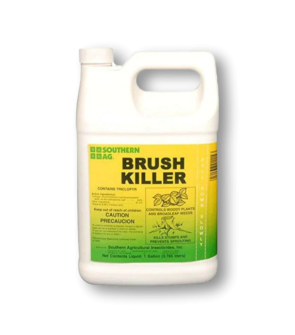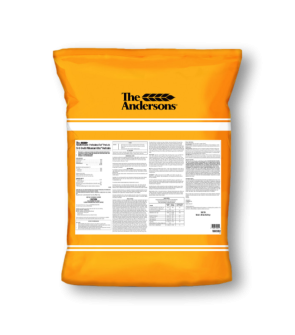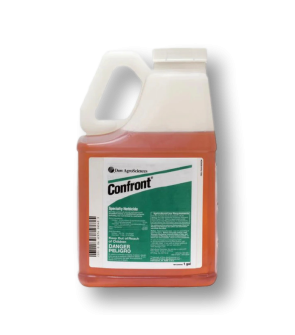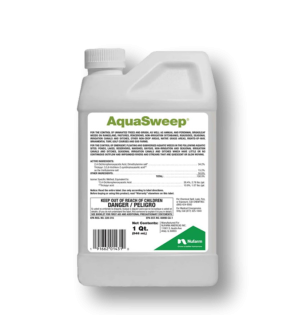Gain access to personalized product screening, the best pricing, rewards, and more!
Most Effective Products
How to Get Rid of Wild Violet
This page is an expert guide on getting rid of wild violet from your property using the products and methods suggested by our experienced lawn care specialists. Follow this guide and use the recommended products and we guarantee you will be successful in eliminating wild violet.
Violets may be a pretty plant that poetry is written about and are often picked and put in little girls' hair, but they are an aggressive weed that can mess up all the hard work you put into your lawn. Wild violet can withstand drought and can be frustratingly difficult to remove.
Wild violets like to grow in shadier areas where grass doesn't grow as well. Their growth pattern results in leaves forming thick mats that can overtake your yard if you don't intervene. If you try to mow or hand-pull them because they are often underground, they will pop right back up before you know it.
Wild violets can be controlled, though it takes some persistence and regular treatment. If you are having an issue with wild violets on your property, follow our DIY treatment guide below, which offers expert-recommended herbicide products and pro techniques for eliminating the problem quickly and affordably.
Identification
Before proceeding with a treatment program, you must be certain you are dealing with a wild violet infestation. Careless identification can lead to using the wrong treatment methods, which can be a waste of time and money. Below are the following characteristics to help you understand what wild violets look like.

- Wild violets are annual and perennial plants that emerge in early spring and flower from mid-April or May, depending on the climate. These plants emerge and grow as rosettes and grow to be 6 to 10 inches in height and diameter.
- Leaves and flowers grow from stems that branch from the base of the plant. The leaves are heart-shaped, hairless with glossy surfaces, have toothed edges, and can grow up to 3.5 inches long.
- When this plant produces flowers, they are purple, violet, blue, or white and can be up to 3/4 of an inch in diameter. The flowers have five petals, two of which grow white hairs.
Use the description and image above to properly identify wild violets on your property. If you are having trouble, contact us, and we will assist you with the correct identification.
Inspection
Once you have confirmed that you are dealing with wild violet weed, you can perform an inspection. During this phase, you will need to locate the areas where wild violets are growing and observe the conditions that may be helping this weed to thrive.

Where to Inspect
Wild violet grows in moist soil, partially exposed to sunlight throughout the day.
Common spots where they grow include but are not limited to, lawns, wooded areas, and ornamental beds with trees or shrubs.
What To Look For
Wild violet emerges from the soil in early spring, producing flowers in April or May.
Treatment
If you have confirmed where the wild violet is growing on your property, treat them with a post-emergent treatment of Expel Turf Herbicide.
This professional-quality herbicide is labeled to control wild violet. It is easy to use, systemic, and selective, so it will only target the weeds and not harm your desired vegetation.
Before handling or mixing any herbicide chemicals, please ensure you have the proper personal protective equipment, including gloves, a safety mask, and protective eyewear.
Step 1: Mix Expel Turf Herbicide
Determine how much Expel Turf Herbicide to use by measuring the square footage of the treatment area. To do this, measure the length and width of the treatment area in feet, then multiply them together (length X width = square footage). For acreage, divide the square footage by one acre (square footage / 43,560 sq. ft. = acres).
To get rid of wild violets in warm-seasoned turf, use 8 to 12 oz. of Expel Turf Herbicide per 10 gallons of water per acre.
To get rid of wild violets in cool-seasoned turf, apply 4 to 8 oz. of product per 10 gallons of water per acre.
Due to this product’s high-volume applications, high-capacity equipment like a spray rig may be necessary.
Fill your selected sprayer with half the water, add a measured amount of Expel Turf Herbicide, and pour in the remaining half of the water. Shake the sprayer tank until the solution has mixed.
Step 2: Apply Expel Turf Herbicide

Once your product is thoroughly mixed, broadcast your solution evenly over the area.
When applied properly, affected weeds will turn yellow and begin to die. If signs of recovery are observed, a follow-up application may be necessary.
A reapplication with Expel Turf Herbicide may be made after 35 days.
Prevention
Once wild violet has been eliminated from your property, you must implement some preventative measures to ensure that this weed does not return. Here are some preventative measures we suggest taking to keep wild violets away:
- Wild violets are hardy plants, so the best way to prevent them from growing is to ensure your lawn stays healthy and ready to outcompete any weeds.
- Mow your grass at proper intervals to maintain a thick growing density. A lawn dense with taller trimmed grass can better choke out weeds and prevent them from establishing.
- Reduce the shade cast on your lawn by trimming overgrown shrubbery and tree branches, raking away leaf litter and picking up any debris, and employing a proper watering schedule to provide the local grass with enough water to strengthen its roots but not so much that it encourages weeds. Many grasses require 1 inch of water every week. Apply the water all at once in the morning so it has time to seep into the ground without evaporating in the sun.
Key Takeaways
What is Wild Violet?
- Wild violet is a common weed that grows on properties. Due to its underground rhizomes, it is hard to control manually and mechanically.
How to Get Rid of Wild Violets
- To treat growing wild violet, we recommend applying Expel Turf Herbicide.
Preventing Wild Violet Reinfestations
- Reduce shade, improve soil drainage, and mow on a high setting to prevent wild violet. Apply Exepl Turf Herbicide regularly post-emergently.






